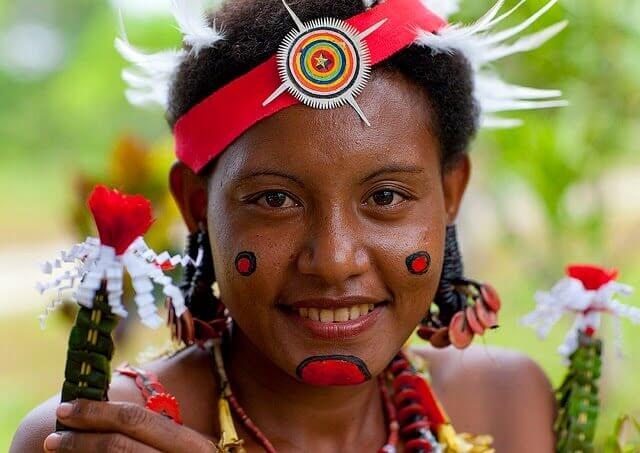For thousands of years, sexuality has been the subject of curiosity, interest, fear and conundrum for all cultures. There are many sexual traditions that are forged around the life or maturation of a partner in each sex.
Many of these sexual traditions have survived the passage of erosive time. Although hard to believe, there are still very strange customs, even unacceptable to Western culture. We are talking about female and male ablations, initiation rituals, sacrifices and a wide variety of acts for mystical purposes.
- Some of these sexual traditions attract attention for their brutality.
- Others arouse curiosity because they involve a great contrast with Western customs.
- They all tell us about the symbolic world that accompanies human sexuality and that makes a difference with animal mating.
- Of these sexual customs.
In Papua New Guinea, children are separated from their mothers at age 7, so they must live with adult men in their community: the goal is for them to become “men”. This is one of the sexual traditions designed to prevent contamination. , based on the idea that women are a filthy being.
The transition of children to adulthood includes certain rituals in which the skin is perforated and cuts are made in the body, with the aim of eliminating any traces of contamination left in contact with the woman, if that is not enough it is also advisable to drink sperm from older men. According to their beliefs, this gives them more vigour and growth.
It is a community that lives in Australia and has a strange initiation ritual for men, the first thing that applies is circumcision, which is done with totally primitive methods, so it is very painful. In the end, the young man must eat his foreskin.
Once the wound has healed, they cut the penis vertically, down the bottom. The blood that springs from this wound is thrown into the fire. It is believed that this ritual purifies the new man. It is one of the many sexual traditions associated with purification through pain.
In this remote community in Papua New Guinea, sex occurs from an early age, girls start between the ages of 6 and 8 and boys between the ages of 10 and 12 is considered acceptable to live together for short periods of time.
Even small, girls are instructed to adopt gestures and appearances designed to seduce children. There is no early marriage. Sexual intercourse is considered a reality that does not imply any kind of commitment between those involved.
In Haiti, there is always a strong belief in voodoo in popular areas, or in most of its population. One of the most traditional rituals takes place in the Waterfall Falls. There are public celebrations in front of everyone.
In these festivities, most people are naked. Couples have face-to-face sex and episodes of collective sex also occur. It is customary for many of these gifts to be “possessed” according to their belief. This leads them to have strong contortions on the ground and spinning in the mud.
Nepal has a great shortage of land and resources, so it is not easy for the inhabitants of the region to start a family, they should be careful not to put more mouths in the world to feed themselves, because food and land are very limited.
To solve this problem, in this region it is customary for the brothers to share the same wife, everyone has to marry the same woman. The goal is that they can live together to be stronger in the face of environmental hostility, as well as to prevent a man from running out of a woman and this would prevent him from having offspring.
All cultures give a specific value to sexuality, in none of them it is considered a purely biological act, but a fact that transcends the physical and happens even with the symbolic, however strange these sexual traditions are, they all represent a way of understanding reality. that makes sense in their context and remain a valuable proof that we are beings looking for meaning.

